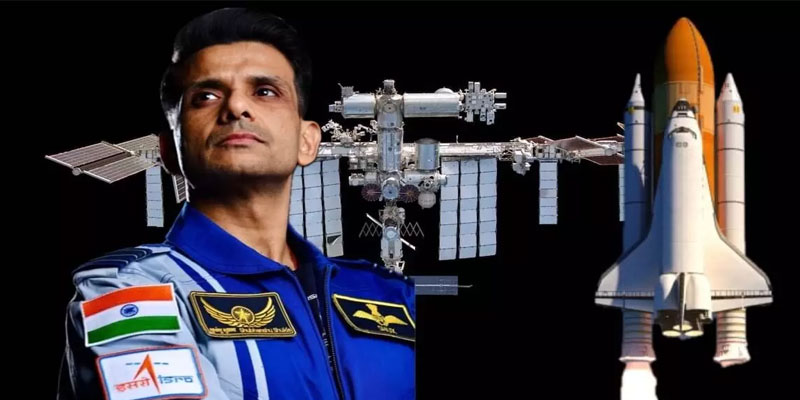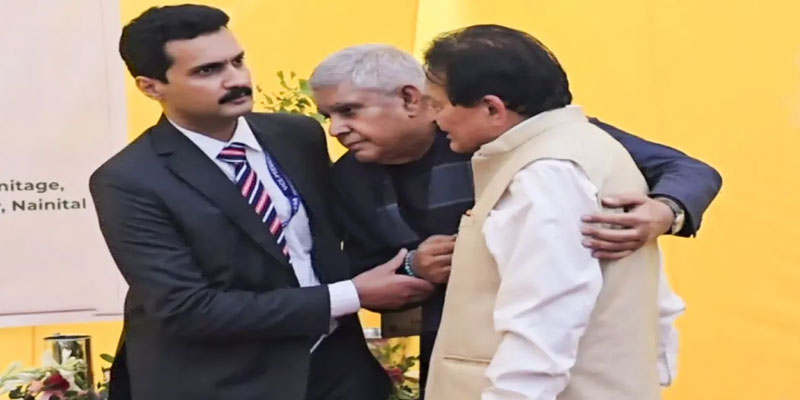- The ISRO on Saturday launched the test vehicle which carried payloads related to India’s ambitious human space flight mission Gaganyaan which successfully splashed into the sea later as planned.
- The payloads later splashed into the sea as planned, a development that witnessed jubilation.
- The Gaganyaan programme aims to send humans into space on a Low Earth Orbit of 400 km for three days and bring them safely back to Earth.
The ISRO chief hailed the team for their work in understanding and rectifying the glitch quickly and said that it was a big training for the team to prepare for the Gaganyaan programme. “I am happy that our team could understand and rectify the anomaly fast. Congratulations to everybody. This is a big training for the team here to prepare for the Gaganyaan programme,” he said in his address after the successful test.
The test was initially scheduled to be held at 8 am today which was postponed to 8.30 and then again to 8.45 am due to bad weather. With five seconds to go for the lift-off, the launch was halted due to the glitch.Explaining the error, the ISRO chief said, “After going through the nominal lift-off process, there was a bolt issued by the ground computer which detected non-conformance for allowing the engine to continue the thrusting further. This happened due to a monitoring anomaly in the system. So, we could identify it very fast and correct it. To make the stage ready, it took some time to refill the gases. Once that was completed, we went through the proper automatic launch sequence which checked the entire health of the vehicle and finally, the mission computer authorized the launch to take off which released the rocket from the launchpad.”
The test vehicle mission is the predecessor to the Gaganyaan programme which aims to send humans into space on a Low Earth Orbit of 400kms for three days and bring them safely back to Earth. India will demonstrate its human spaceflight capabilities in a mission called Gaganyaan, scheduled to launch in 2024. The country will set up a space station by 2035 and work on a Venus orbiter as well as a Mars lander.(With inputs from agencies)






















